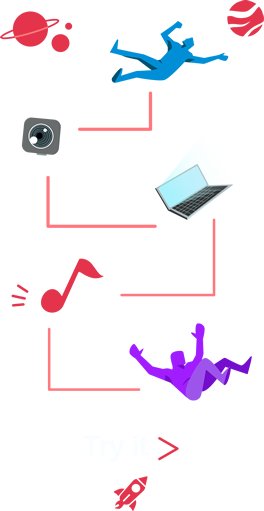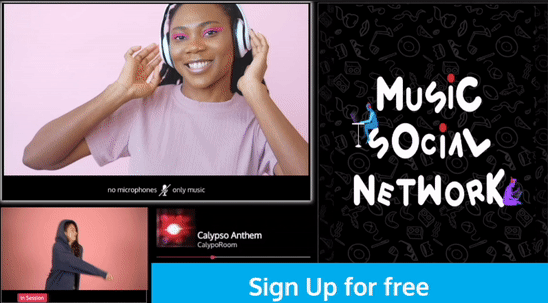Music sync licensing and its impact on promotion
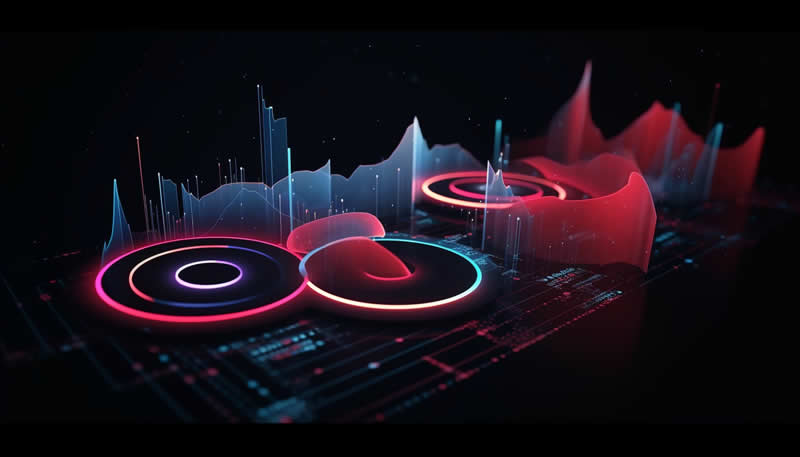
Table of content
Music sync licensing and its impact on promotion - Introduction
In the world of music and media, there's an important concept that forms the very backbone of many creative projects. This concept is known as music synchronization.
In simple terms, music synchronization, or "sync" for short, refers to the process of combining music with visual media. This could mean blending a pop tune with a movie scene, pairing an intense instrumental piece with a video game level, or setting a catchy jingle to a TV commercial.
When done right, music synchronization can bring the visuals to life, creating a memorable and immersive experience for the viewers.
Imagine watching your favorite movie without the soundtrack, or a TV commercial with no music. Sounds dull, doesn't it? That's where music synchronization steps in. It breathes life into promotions, making them catchy, appealing, and unforgettable.
When the music and visuals sync perfectly, they create a symphony that leaves a lasting impression on the audience. This magical blend plays a crucial role in successful brand promotions and campaigns.
Stay tuned as we delve deeper into the fascinating world of music synchronization and explore its impact on promotions.
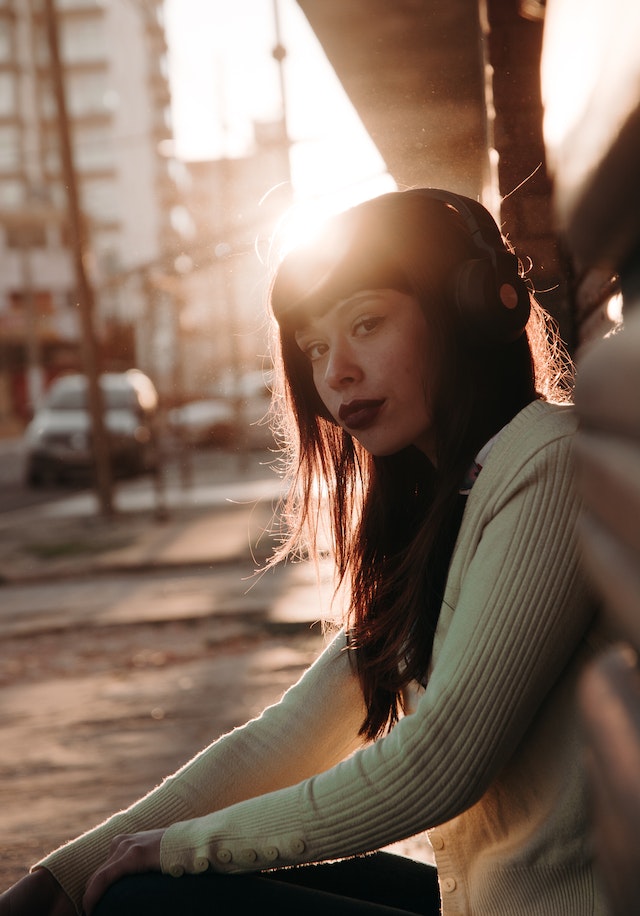
KEY TAKEAWAYS
Music synchronization or "sync" is an essential part of creative projects where music is paired with visual media, enhancing the audience's experience and effectiveness of brand promotions and campaigns.
The sync licensing process involves acquiring rights from the music's copyright owners before synchronizing it with visuals. It is crucial to understand and respect these legal aspects to avoid copyright issues and ensure smooth project execution.
Music sync has a significant impact on branding and promotion, leveraging the emotional connection evoked by music to make content more engaging and impactful. Consistent use of a certain type of music can also shape a brand's identity, making them instantly recognizable.
Music synchronization plays a key role across different media, including films, TV shows, commercials, video games, and live events. Each use-case not only enhances viewer experience but also provides artists with opportunities for exposure and talent showcasing.
Sync music offers a valuable opportunity for artists to reach new audiences, increase their fan base, and earn significant royalties. It's a stage for artists to shine and grow, extending their creative work to various formats and platforms.
The future of music sync is promising, with artificial intelligence, blockchain, and immersive technologies set to revolutionize music composition, licensing, and viewer experience. These advancements could make music experiences more personalized and accessible, especially for independent artists.
CalypsoRoom presents an innovative approach to music synchronization, providing a collective music experience while ensuring fair artist compensation.
Understanding music synch licensing
To truly appreciate music synchronization and its role in promotions, let's take a step back and look at its roots. The journey of music synchronization started with the advent of silent films in the late 19th century.
Can you believe it? Pianists and organists would play live music to accompany the on-screen action, bringing a sense of depth and emotion to the silent visuals.
It has shaped the way we consume visual content, proving that the right tune can make a world of difference.

Sync licensing process
So, how does music synchronization work, you ask? The process begins with the creative team deciding on the kind of music that would best fit their visual content.
Once the rights are secured, it's all about timing - syncing the music to the visuals so that they complement each other perfectly.
It's like a well-choreographed dance where both the music and the visuals move in perfect harmony, each enhancing the impact of the other.
Legal aspects of music synchronization: licensing, copyrights, and royalties
Now, you might be wondering, can we just pick any song and use it in our project? Well, not quite. Just like any other creative work, music is protected by copyright laws. This is where synchronization licensing comes into play.
A synchronization license gives you the legal right to 'sync' a song or a piece of music with your visual media. It's a contract between the copyright owner and the person or entity wishing to use the music.
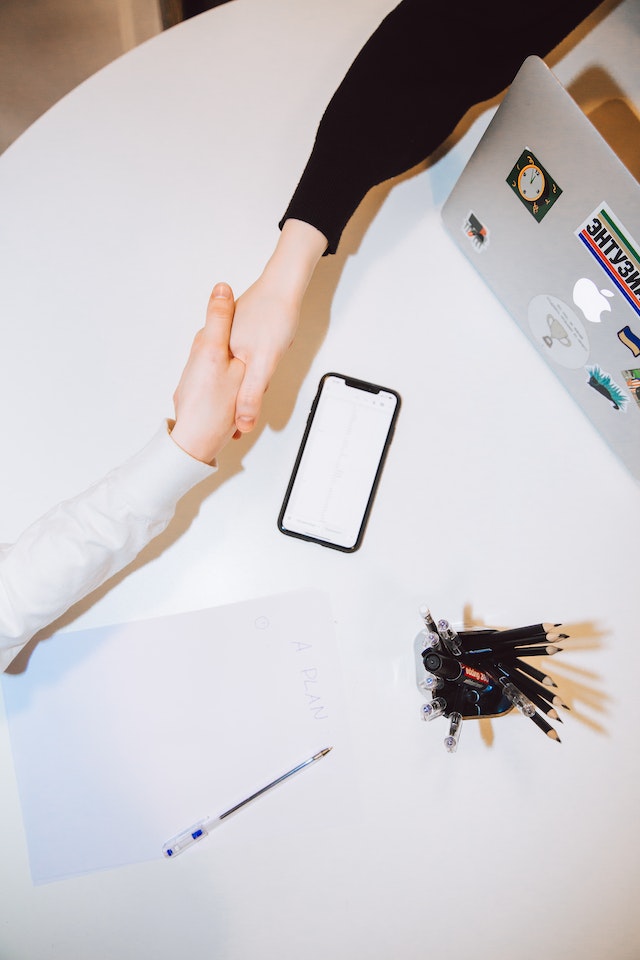
The copyright owner gets paid a fee, known as a royalty, for the use of the song. Understanding these legal aspects is crucial for anyone looking to use music synchronization in their promotions.
It's not just about respecting the rights of the creators; it's about ensuring your project runs smoothly without any legal hiccups.
Music synchronization is an exciting field, brimming with possibilities. As we move forward, we'll delve deeper into its impact on promotions and how it can take your project to new heights.
The impact of synch licensing on branding and promotion
Have you ever noticed how a certain song can instantly change your mood, or bring back a flood of memories That's the power of music. It's a universal language that speaks directly to our emotions.
Whether it's the excitement of a fast-paced track in a car commercial, the nostalgia evoked by a classic tune in a movie trailer, or the calm induced by a soft melody in a spa ad - the right music can create an emotional resonance with the audience, encouraging them to connect with the brand on a deeper level.
Over the years, many brands have leveraged the power of music synchronization to create memorable promotions. Take, for example, the iconic Apple iPod commercials that paired silhouettes of dancers with catchy tunes.
Or the heart-warming John Lewis Christmas ads in the UK, renowned for their beautiful synchronization of music and story.
These are just a few instances of how the right music, when synced with the right visuals, can turn a promotion into a cultural phenomenon.
How music synchronization contributes to brand image and identity
But the influence of music synchronization extends beyond individual promotions. It can play a significant role in shaping a brand's overall image and identity.
Think about the upbeat tunes in most Coca-Cola ads, or the intense soundtracks in Nike commercials.
Over time, this consistent use of music helps reinforce the brand's personality and values, making it stand out in the minds of consumers.
Harnessing the power of music synchronization can open new horizons for your promotions. It's an art that, when mastered, can turn your brand's message into a symphony that resonates with your audience.
The role of music synchronization in different media
Sync licensing for films and TV shows
From iconic movie scenes to unforgettable TV show intros, music synchronization plays a starring role in film and television.
It's not just the magic that can turn a good scene into a great one, stirring emotions and heightening the drama, but it also presents music sync opportunities for artists.
Each note enhances the storytelling, pulling viewers further into the narrative, and creates an opportunity for musicians to showcase their talent.

Sync licensing for commercials
If you've ever had a commercial jingle stuck in your head, you've experienced the power of music synchronization in advertising.
These instances are not just effective advertising tactics, but they're also music sync opportunities for creators. Advertisers use music to capture attention, evoke emotions, and make their message stick.
Whether it's a catchy tune for a fast-food chain, a soothing melody for a skincare brand, or a powerful anthem for a sports equipment company, the right music can make an advertisement memorable and effective, and provide artists with a platform to reach vast audiences.
Music synchronization in video games
Ever felt your heart race during an intense video game battle or felt a sense of calm while exploring a virtual landscape? That's music synchronization at work in video games, and it's also a space filled with music sync opportunities.
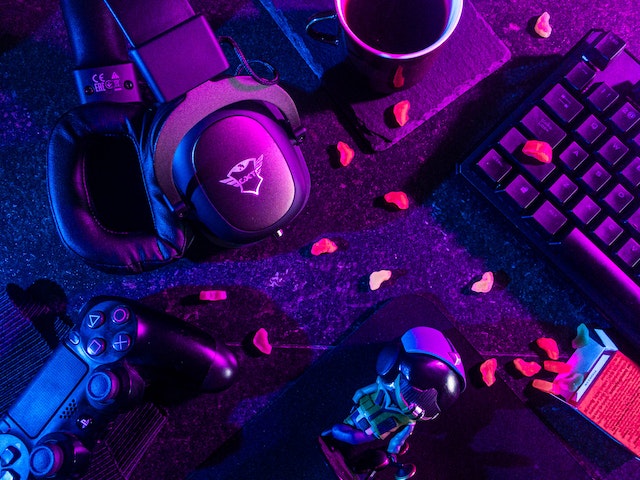
Music enhances the gaming experience, amplifying the action, setting the mood, and immersing players in the game world.
From the upbeat tracks in racing games to the atmospheric scores in adventure games, music synchronization not only plays a crucial role in bringing video games to life but also opens up avenues for artists to have their music heard by a diverse and expansive audience.
Music synchronization in live events
At live events like concerts, sports games, or fashion shows, music synchronization not only helps create a vibrant atmosphere and enhances the audience's experience, but it also provides music sync opportunities for artists and creators.
Imagine a fireworks show without music, or a fashion runway without a beat to match the models' steps. Music synchronization adds energy, emotion, and excitement to these events, making them more engaging and memorable.
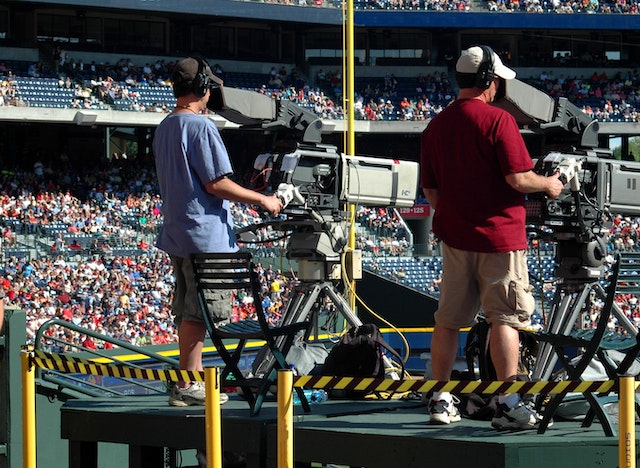
For musicians, these platforms can lead to significant exposure, providing an avenue to showcase their work to a diverse and engaged audience.
Whether it's on screen, in advertisements, in games, or at live events, music synchronization is a powerful tool in the media world. When used effectively, it can transform a moment, evoke strong emotions, and create lasting memories.
Music synchronization for music artists
For music artists, sync music holds immense importance. It's more than just a tool to make visuals more captivating - it's an opportunity for artists to showcase their talent and reach new audiences.
This can lead to an increase in music streams, downloads, and fan base. Not to mention, it can help artists earn significant royalties, adding a valuable revenue stream.
Sync music also helps artists build connections with brands and other industries, opening the door to future collaborations and opportunities.

It's a way for musicians to expand their creative horizons, bringing their music to different formats and platforms.
Simply put, sync music isn't just a backdrop for visuals - it's a stage for artists to shine and grow. So, for all you music artists out there, consider sync music not just as an add-on to your career, but as an integral part of your musical journey.
Let your music flow beyond the confines of albums and concerts, let it sync with the visuals, and see how it amplifies your reach, impact, and success!
The future of music synchronization in promotions
As we step into the future, music synchronization continues to evolve, embracing cutting-edge technology and innovative practices.
One such trend is the use of artificial intelligence (AI) in music creation. AI is changing the way music is composed, produced, and synced with visual content.
It can analyze data to understand listener preferences and generate music that fits the specific mood and style of a promotion.
It's also promoting decentralization, providing independent artists more opportunities to license their music for promotions.
Looking ahead, music synchronization is poised for exciting changes. We might see more personalized music experiences in advertising, with AI being used to sync music based on individual consumer preferences.
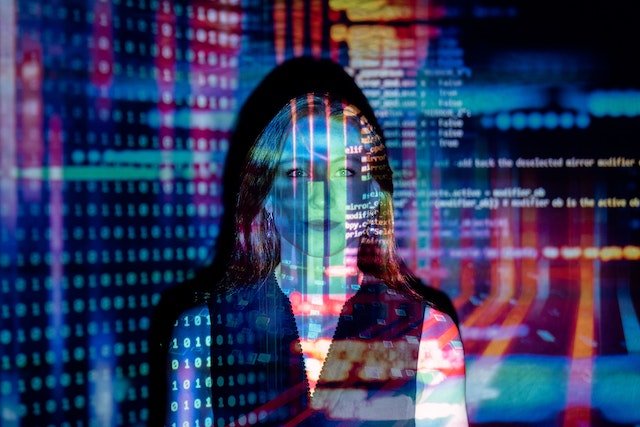
We could also see an increased focus on syncing local and independent music with promotions, fostering a closer connection between brands and their local communities.
This trend is likely to be facilitated by blockchain, making licensing more accessible for independent artists.
Furthermore, with advancements in immersive technologies like virtual and augmented reality, the scope for music synchronization is expanding.
As we continue on this musical journey, it's clear that the future holds exciting opportunities for music synchronization in promotions.
It's an ever-evolving field, constantly adapting and innovating to create more engaging, memorable, and personalized experiences.
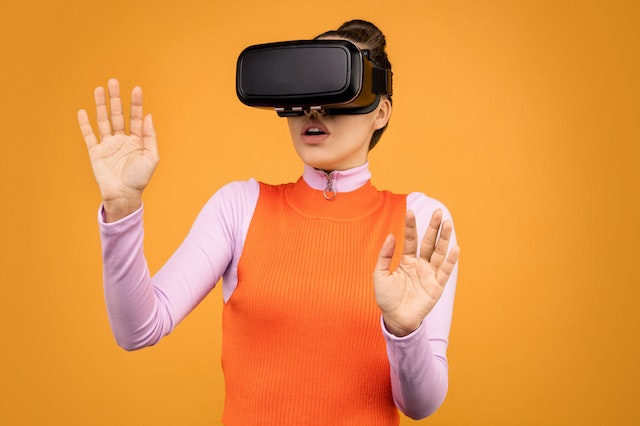
CalypsoRoom and music synchronization
CalypsoRoom represents a novel approach to music listening, where individuals can simultaneously enjoy the same music while connecting via webcam.
The platform not only provides an immersive and collective music experience but also brings a fresh perspective to music synchronization.
By ensuring that every listener hears the same part of the song at the same time, it creates a unified and intimate environment, significantly enhancing the social aspects of music listening.
One of the standout features of CalypsoRoom is its commitment to artist compensation. Unlike traditional streaming services, CalypsoRoom pays artists for the sync license as well, any time their music is streamed in a Video Music Session.
CalypsoRoom's innovative approach may set a new precedent for how music synchronization is used and monetized in the digital age.
The platform's success could lead to a shift in the music industry's revenue models, prioritizing sync licensing and changing the landscape of music synchronization in promotions and beyond.
Music sync licensing and its impact on promotion - Conclusion
In conclusion, music synchronization is a potent tool that weaves a powerful story when combined with visuals. It taps into our emotions, creating memorable experiences and deeper connections with brands.
From the big screens of Hollywood to the virtual worlds of video games, it enhances our entertainment and enriches our lives.
As technology continues to evolve, so will the art of music synchronization. It will continue to provide new avenues for artists to showcase their talent, reach wider audiences, and engage with fans in innovative ways.
So, whether you're an artist, a promoter, or simply a lover of music and media, it's an exciting time to dive into the world of music synchronization.
We hope this article has provided you with valuable insights into the power and potential of music synchronization. But this is just the tip of the iceberg.
For more in-depth articles, insights, and advice on music and media, head over to our blog homepage. Let's continue to explore and celebrate the power of music together!
Music will save us all,
The CalypsoRoom Team
Frequently Asked Questions (FAQs)
What is sync licensing and how does it work?
Sync licensing is the process of acquiring permission to use a specific piece of music in timed relation or synchronization with visual media. It works through an agreement between the rights holder of the music (typically the songwriter or music publisher) and the entity seeking to use the music (like a film producer or advertiser).
How can I get my music licensed for TV shows and movies?
You can get your music licensed for TV shows and movies by submitting your music to music libraries, music supervisors, or sync licensing agencies. It's crucial to ensure your music is professionally produced and appropriately fits the mood or style of the visual content.
What are the benefits of sync licensing for artists?
Sync licensing can provide artists with significant exposure, helping them reach new audiences. It also offers a valuable revenue stream through licensing fees and royalties.
Do I need to sign with a music publisher for sync licensing?
Signing with a music publisher can help you find sync licensing opportunities, but it's not strictly necessary. Independent artists can also license their music directly by networking with music supervisors or using online platforms that connect artists with sync opportunities.
How much money can I earn through sync licensing?
Earnings from sync licensing can vary widely based on factors like the popularity of your music, the budget of the project, and the type of media (TV, film, advertisement, etc.). It could range from a few hundred to several thousand dollars.
Are there any specific requirements for my music to be eligible for sync licensing?
Your music should be of high quality and professionally produced to be eligible for sync licensing. Also, you must have the rights to the sound recording and the composition, and be able to grant permission for its use.
Can I license my music for video games and advertisements?
Yes, you can license your music for video games and advertisements. These industries often use music to enhance their content and can provide significant exposure and revenue for artists.
How do I find sync licensing opportunities?
You can find sync licensing opportunities by submitting your music to music libraries, reaching out to music supervisors, and joining online platforms that specialize in sync licensing.
What are some popular sync licensing platforms and companies?
Some popular sync licensing companies include BMG, Kobalt Music, and Universal Music Publishing Group. Platforms like Songtradr, Musicbed, and Artlist also connect artists with sync opportunities.
How do sync royalties work in the context of licensing?/span>
Sync royalties are payments made to songwriters and publishers when their music is synchronized with visual media. They are typically negotiated as part of the sync licensing agreement and can be collected each time the visual content containing the music is broadcasted or streamed.
back
Written by CalypsoRoom Editorial Team
The CalypsoRoom Editorial Team is a skilled and diverse group of writers, researchers, and industry specialists who have access to Calypso's data and information in order to give you broad knowledge about the music industry as well as helpful advice to help you manage your music and dancing career.
Updated May 2023
Company number: 681223
James's Walk 31, Dublin, Ireland
contact@calypsoroom.com
+353 (89) 435 8928


